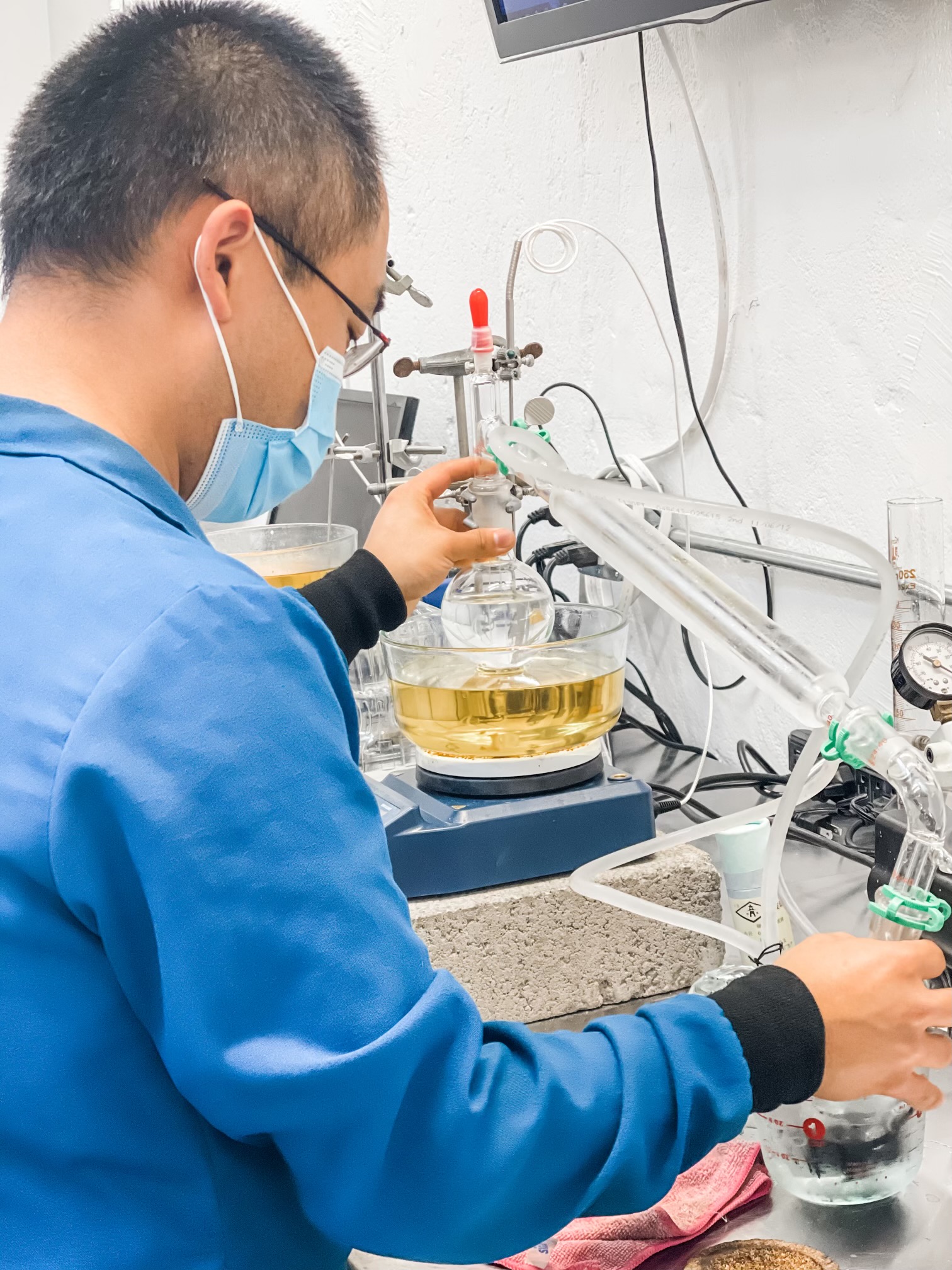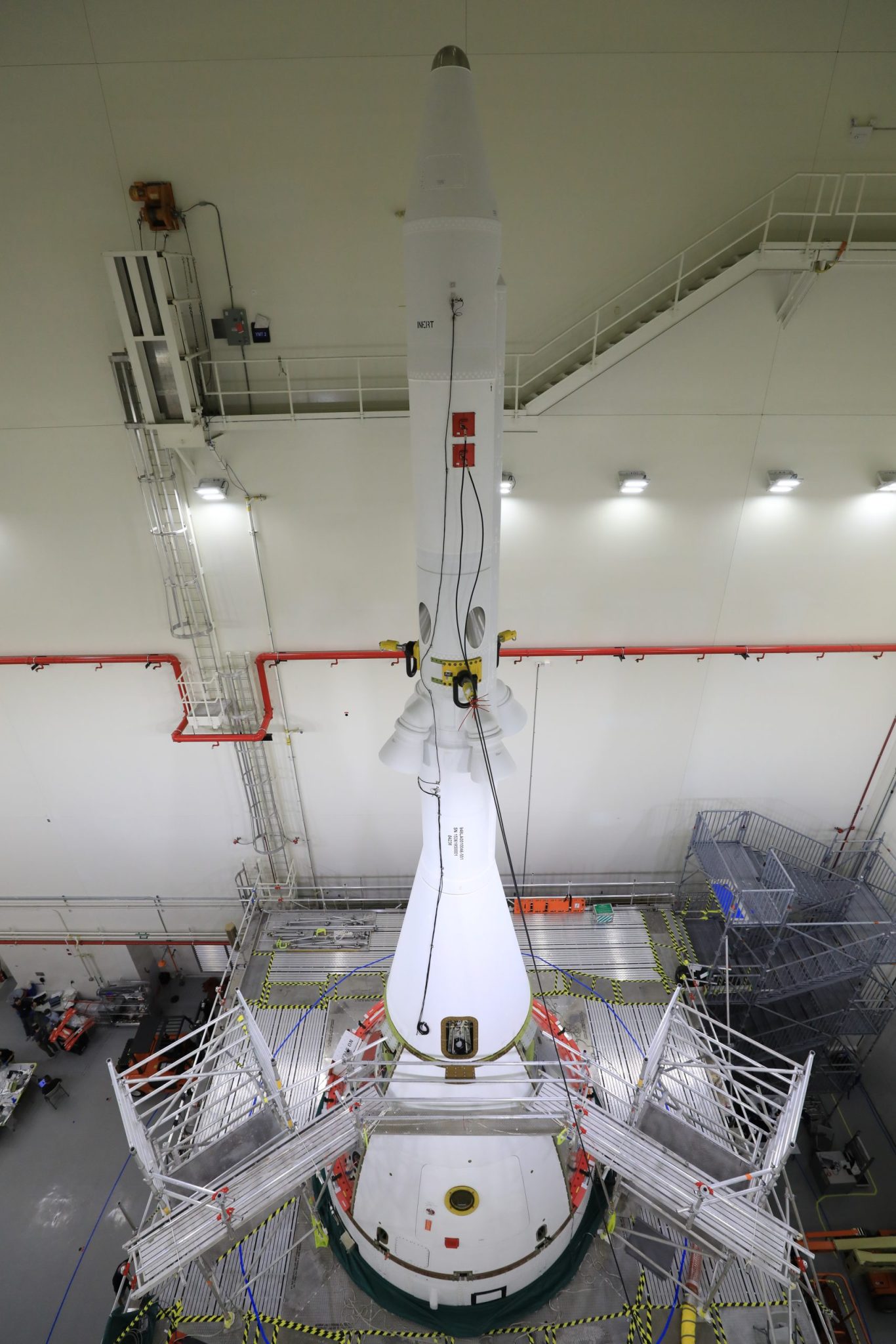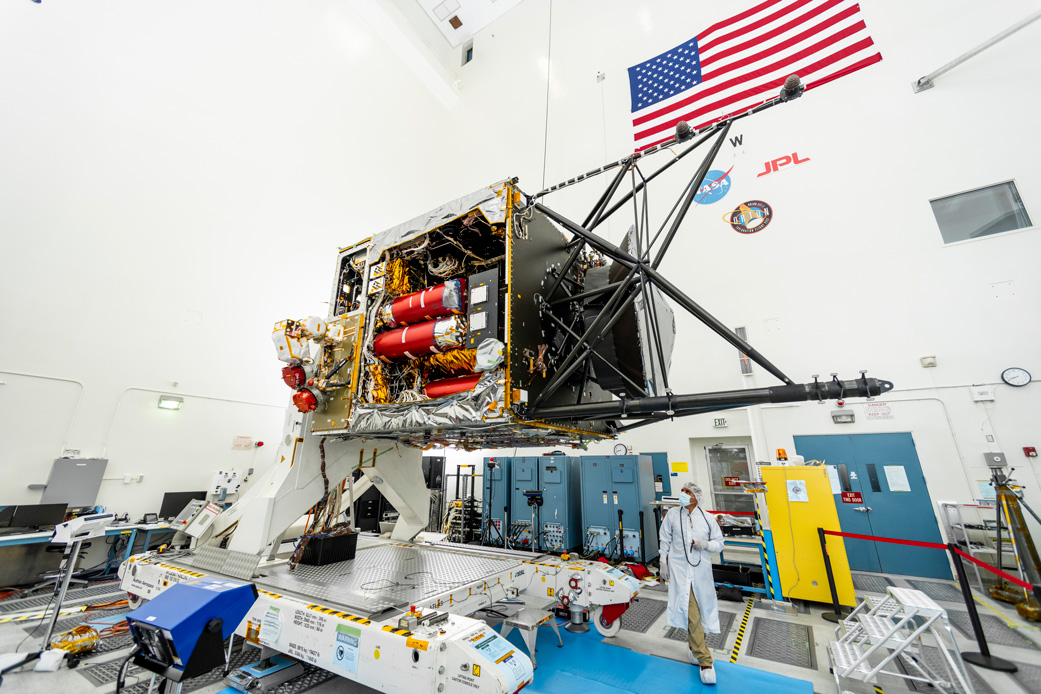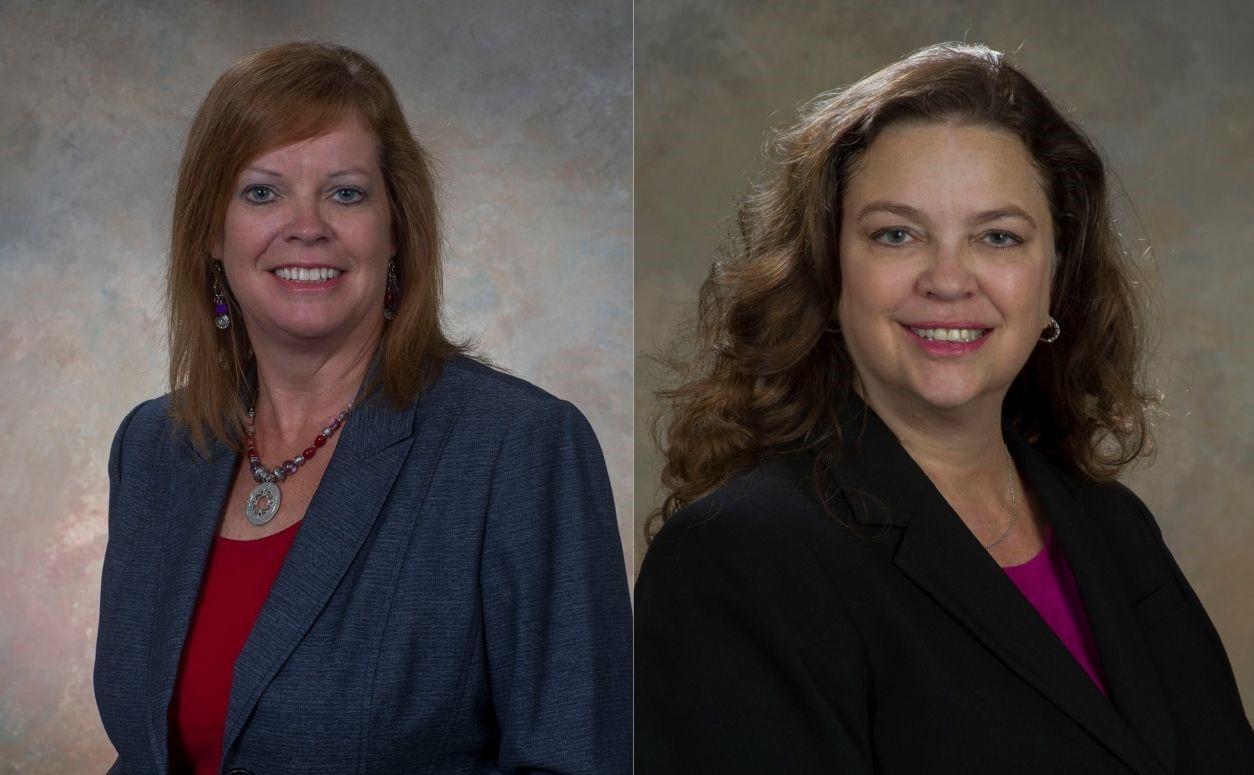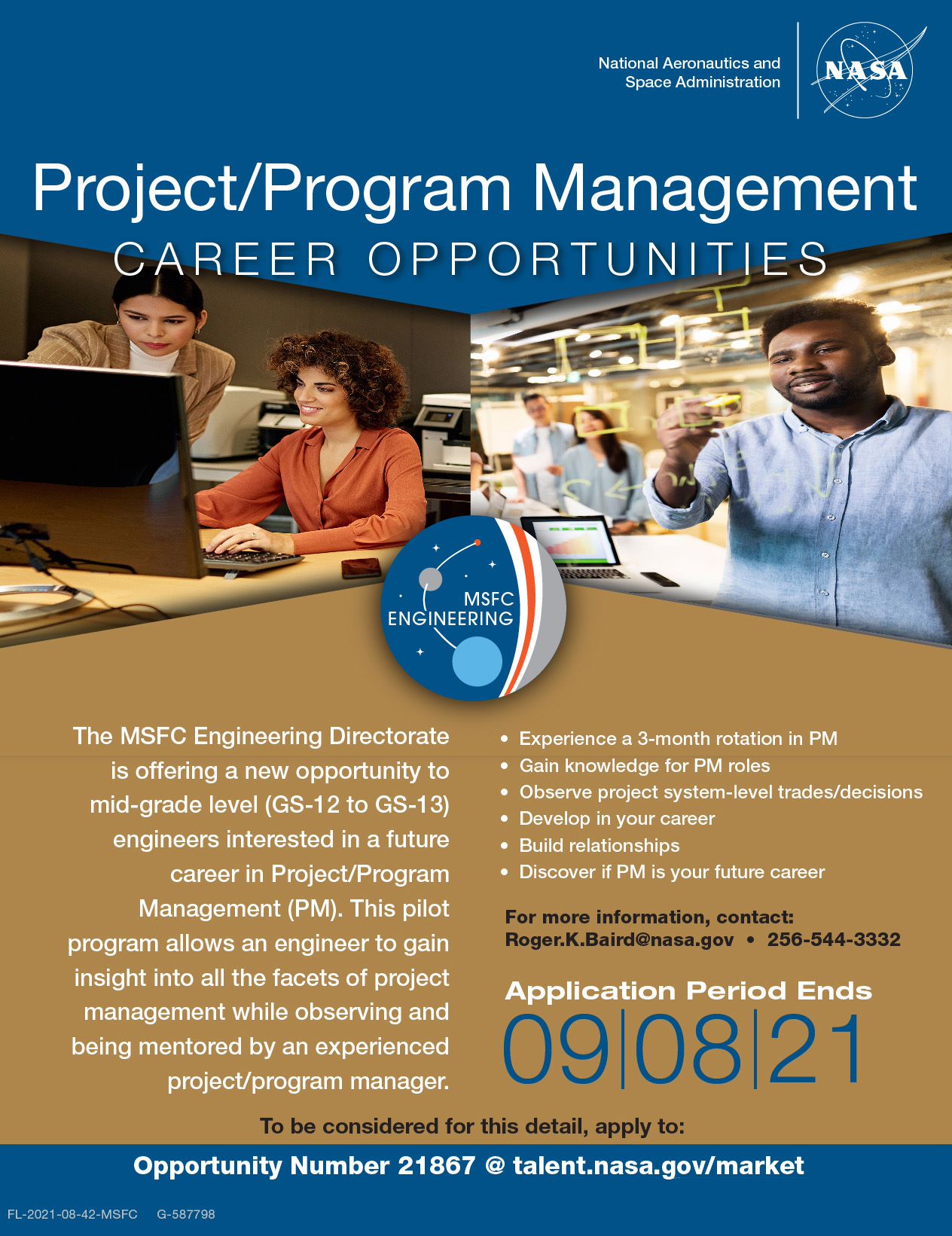Cutting-Edge Science Launches on NASA’s SpaceX Cargo Resupply Mission
The latest SpaceX Dragon resupply spacecraft arrived at the International Space Station on Aug. 30 after launching the day before on a Falcon 9 rocket from NASA’s Kennedy Space Center. The Dragon carried more than 4,800 pounds of science experiments, crew supplies, and spacecraft hardware.
The cargo Dragon, launched on SpaceX’s 23rd Commercial Resupply Services mission, will remain at the station for about a month.
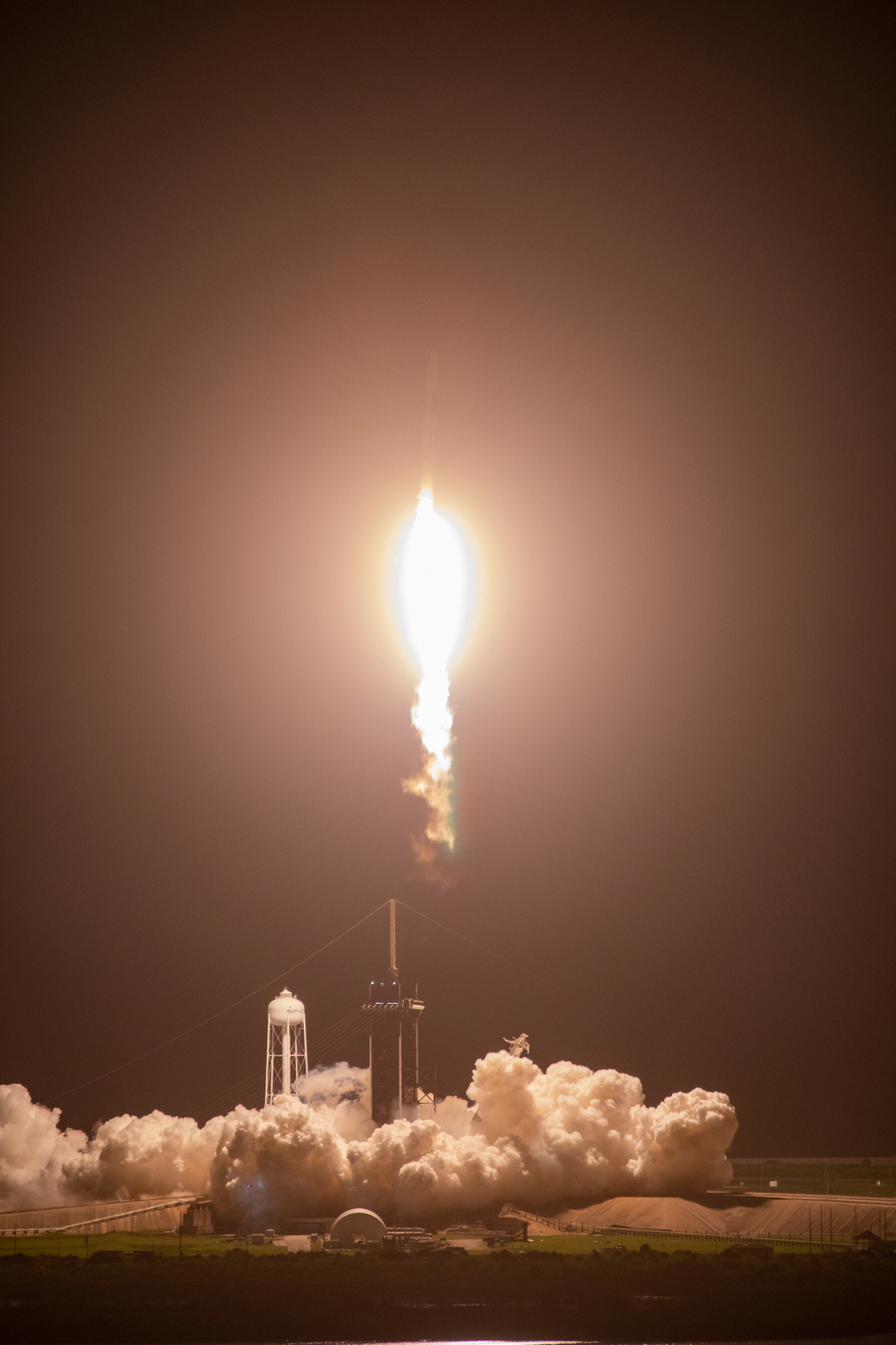
The science experiments Dragon delivered include:
Building bone with byproducts: REducing Arthritis Dependent Inflammation First Phase evaluates the effects of microgravity and space radiation on the growth of bone tissue and tests whether bioactive metabolites, which include substances such as antioxidants formed when food is broken down, might protect bones during spaceflight. The metabolites that will be tested come from plant extracts generated as waste products in wine production. Protecting the health of crew members from the effects of microgravity is crucial for the success of future long-duration space missions. This study could improve scientists’ understanding of the physical changes that cause bone loss and identify potential countermeasures. This insight also could contribute to prevention and treatment of bone loss on Earth, particularly in postmenopausal women.
Keeping an eye on eyes: Retinal Diagnostics tests whether a small, light-based device can capture images of the retinas of astronauts to document progression of vision problems known as Space-Associated Neuro-Ocular Syndrome. The device uses a commercially available lens approved for routine clinical use and is lightweight, mobile, and noninvasive. The videos and images will be downlinked to test and train models for detecting common signs of the syndrome in astronauts. The investigation is sponsored by the European Space Agency with the German Aerospace Center Institute of Space Medicine and European Astronaut Centre.
Robotic helpers: The Nanoracks-GITAI Robotic Arm will demonstrate the microgravity versatility and dexterity of a robot designed by GITAI Japan Inc. Results could support development of robotic labor to support crew activities and tasks, as well as inform servicing, assembly, and manufacturing tasks while in orbit. Robotic support could lower costs and improve crew safety by having robots take on tasks that could expose crew members to hazards. The technology also has applications in extreme and potentially dangerous environments on Earth, including disaster relief, deep-sea excavation, and servicing nuclear power plants. The experiment will be conducted inside the Nanoracks Bishop Airlock, the space station’s first commercial airlock.
Putting materials to the test: MISSE-15 NASA is one of a series of investigations on Alpha Space’s Materials ISS Experiment Flight Facility, which is testing how the space environment affects the performance and durability of specific materials and components. These tests provide insights that support development of better materials needed for space exploration. Testing materials in space has the potential to significantly speed up their development. Materials capable of standing up to space also have potential applications in harsh environments on Earth and for improved radiation protection, better solar cells, and more durable concrete.
Helping plants deal with stress: Plants grown under microgravity conditions typically display evidence of stress. Advanced Plant EXperiment-08 examines the role of compounds known as polyamines in the response of the small, flowering plant thale cress to microgravity stress. Because expression of the genes involved in polyamine metabolism remain the same in space as on the ground, plants do not appear to use polyamines to respond to stress in microgravity. The experiment attempts to engineer a way for them to do so. Results could help identify key targets for genetic engineering of plants more suited to microgravity.
Easier drug delivery: The Faraday Research Facility is a multipurpose unit that uses the space station’s EXPRESS payload rack systems, which enable quick, simple integration of multiple payloads. On this first flight, the facility hosts a Houston Methodist Research Institute experiment and two STEM collaborations, including “Making Space for Girls” with the Girl Scouts of Citrus Council in Orlando, Florida.
The Faraday Nanofluidic Implant Communication Experiment tests an implantable, remote-controlled drug delivery system using sealed containers of saline solution as surrogate test subjects. The device could provide an alternative to bulky, cumbersome infusion pumps, a possible game changer for long-term management of chronic conditions on Earth. Remote-controlled drug delivery could simplify administration for people with limitations.
A partnership between Faraday and Girls Scouts allows troops to play a role in conducting the control experiments, including providing them with images of the same experiments that are happening in space. Other studies involve plant growth, ant colonization, and the brine shrimp lifecycle.
These and other cutting-edge investigations join the hundreds of ongoing experiments in biology and biotechnology, physical sciences, and Earth and space science aboard the space station. Advances in these areas will help keep astronauts healthy during long-duration space travel and demonstrate technologies for future human and robotic exploration beyond low-Earth orbit to the Moon and Mars through NASA’s Artemis program.
The Payload Operations Integration Center at NASA’s Marshall Space Flight Center oversees all experiments and science communications aboard the space station.
Learn more about SpaceX’s missions for NASA here.
NASA Awards $750,000 in Competition to Convert Carbon Dioxide into Sugar
By Taylor Goodwin
On Earth, plants and ocean microbes use sunlight to turn carbon dioxide, or CO2, into sugars for energy. Humans don’t have that ability, at least not yet.
On Mars, there aren’t plants and oceans, but there is an abundance of CO2. NASA’s CO2 Conversion Challenge invited the public to come up with ways to convert this principle component of the Martian atmosphere into sugar, which astronauts could use to make useful products – anything from plastics, adhesives, and fuels to food and medicine.
Now, three teams of solvers have demonstrated prototype systems capable of converting CO2 from the air into glucose and other useful sugars. Air Company of Brooklyn, New York; Hago Energetics Inc. of Thousand Oaks, California; and SSwEET from the University of California, Berkeley, will take home equal shares of the $650,000 base prize.
“The CO2 Conversion Challenge began in 2018 to incentivize the public to recreate an invisible process plants do regularly with a non-biological system,” said Monsi Roman, manager of Centennial Challenges. “Despite many obstacles, three teams developed beneficial technologies that could enable humans to create valuable products from the Martian environment.”
All three teams also won bonus prizes for designing systems with spaceflight in mind. The judging panel evaluated each submission for bonus points based on efficiency, scalability, and reliability. Air Company will receive $50,000, while Hago Energetics and team SSwEET will receive $25,000 each.
Air Company’s three-step process begins by combining CO2 and hydrogen to make methanol. Removing hydrogen then turns the methanol into formaldehyde, a colorless and strong-smelling chemical used to make building materials and cleaning agents. A third chemical reaction produces a simple sugar called D-glucose.
Hago Energetics’ system used a similar thermochemical process to produce D-glucose and other sugars. Its four-step process first uses electricity to split water into hydrogen and oxygen. The CO2 and hydrogen combine to create methanol, and then hydrogen is removed to produce formaldehyde. The final chemical reaction creates D-glucose.
Team SSwEET – short for Space-Sugar with Electrochemical Energy Technology – demonstrated that glycolaldehyde, a compound that CO2 can produce when broken down by electrical energy, can “autocatalyze” sugars like glucose. That means the chemical reaction producing the sugars also makes a product that can initiate the same reaction again, creating a cycle.
These types of systems could allow future explorers to use readily available resources at a destination’s environment.
Centennial Challenges, part of the Prizes, Challenges, and Crowdsourcing program in NASA’s Space Technology Mission Directorate, bridges the innovation gap between NASA and the nation by stimulating research and technology solutions inside and outside the traditional aerospace community. The competitions offer incentive prizes to generate revolutionary solutions to problems of interest to NASA and the nation. Centennial Challenges is based at NASA’s Marshall Space Flight Center.
Visit here to learn about opportunities to get involved and provide solutions to NASA.
Goodwin, an LSINC employee, supports Marshall’s Office of Strategic Analysis & Communications.
Orion Spacecraft Goes ‘Shields Up’ for Artemis I
The four ogive fairings on the Orion spacecraft for the Artemis I mission are installed on the launch abort system assembly inside the Launch Abort System Facility at NASA’s Kennedy Space Center on Aug. 20. Pronounced “oh-jive,” the fairings consist of four protective panels, and their installation will complete the launch abort system assembly. Technicians and engineers from the center’s Exploration Ground Systems and contractor Jacobs recently finished attaching the launch abort tower to the top of the Orion crew module. They then began lifting and mating the lightweight fairings, which will shield the crew module from the severe vibrations and sounds it will experience during launch. One of the fairing panels has a hatch to allow access to the crew module before launch. During Artemis missions, the 44-foot-tall launch abort system will detach from the spacecraft when it is no longer needed, shortly after launching on the Space Launch System rocket, to lighten the journey to the Moon. Although the abort motors will not be active on the uncrewed Artemis I flight test, the system is intended to protect astronauts on future missions if a problem arises during launch or ascent by pulling the spacecraft away from a failing rocket. Once launch abort system installation is complete, the spacecraft will leave the Launch Abort System Facility and continue on its path to the pad, making its way to the spaceport’s Vehicle Assembly Building to be integrated with the SLS rocket ahead of the launch. (NASA/Kim Shiflett)
One Year Out: NASA’s Psyche Mission Moves Closer to Launch
With NASA’s Psyche mission now less than a year from launch, anticipation is building. By next spring, the fully assembled spacecraft will ship from the agency’s Jet Propulsion Laboratory to NASA’s Kennedy Space Center for a launch period that opens Aug. 1, 2022.
In early 2026, the Psyche spacecraft will arrive at its target, an asteroid of the same name in the main asteroid belt between Mars and Jupiter. Scientists believe asteroid Psyche, which is about 140 miles wide, is made largely of iron and nickel and could be the core of an early planet.
The spacecraft will spend 21 months orbiting the asteroid and gathering science data with a magnetometer, a multispectral imager, and a gamma ray and neutron spectrometer. The information the instruments gather will help scientists understand this particular object and lend valuable insight into how Earth and other planets formed.
In March, Maxar Technologies delivered to JPL the spacecraft’s Solar Electric Propulsion Chassis, with most of the engineering hardware needed for the electrical system, the propulsion systems, the thermal system, and the guidance and navigation system. Psyche will use Maxar’s superefficient electric propulsion system to travel through deep space. The spacecraft’s delivery coincided with the kickoff of the mission phase known as assembly, test, and launch operations.
The mission also will test a sophisticated new laser communications technology, recently completed by JPL, called Deep Space Optical Communications. The technology demonstration will focus on using lasers to enhance communications speeds and prepare for data-intensive transmissions, which could potentially include livestream videos for future missions.
Engineers already have completed the successful integration of the magnetometer and Deep Space Optical Communications with the Psyche spacecraft. The spectrometer will be integrated over the next few months, along with the imager.
When the spacecraft is fully assembled, it will move into JPL’s huge thermal vacuum chamber for testing that simulates the environment of deep space. The entire spacecraft then will be attached to a large shaker table in an acoustic chamber to simulate the environment of launch.
Arizona State University leads the mission. JPL is responsible for the mission’s overall management, system engineering, integration and testing, and mission operations. Psyche is the 14th mission selected as part of NASA’s Discovery Program, managed by the Planetary Missions Program Office at NASA’s Marshall Space Flight Center.
For more information about NASA’s Psyche mission, visit here and here.
Julie Bassler, Ginger Flores Win Federally Employed Women Award
Julie Bassler and Ginger Flores of NASA’s Marshall Space Flight Center tied for the Outstanding Senior Leader Award, presented during the virtual Redstone Women Who Rock event Aug. 19. The North Alabama Chapter of Federally Employed Women hosted the event, which acknowledges outstanding women on Redstone Arsenal.
The Outstanding Senior Leader Award winner must be a member of the Senior Executive Service – the personnel system covering top managerial positions in federal agencies – who serves with distinction supporting efforts in leadership, mentorship, diversity, and value-based service to Redstone. The individual should also serve within agencies that have missions to procure, develop, or employ new technologies and systems. Additionally, the awardee must have proven herself to be of exemplary character and outstanding ability.
Bassler is manager of the Space Launch System Program Stages Office. She is responsible for all facets of the SLS core stage that will produce 2 million pounds of thrust to send the world’s most powerful rocket to space for the Artemis lunar missions, and Exploration Upper Stage production flight articles. Bassler’s career spans the areas of human spaceflight to include the space shuttle and International Space Station, robotic missions to include lander missions to the Moon, and science payloads and technology development.
Flores is deputy manager of the Human Exploration Development & Operations Office. She assists in managing Marshall’s portfolio in the areas of human exploration and transportation projects, habitation systems, payload and mission operations and integration, and project development and integration for space station payloads, facilities, and environmental control and life support systems.
Federally Employed Women works to end sex and gender discrimination, to encourage diversity for inclusion and equity in the workplace, and for the advancement and professional growth of women in federal service. The North Alabama Chapter is the oldest in the Southeast region and second-oldest nationally.
Engineering Directorate Seeks Applicants for New Pilot Program
By Lance D. Davis
Are you an engineer looking for an opportunity to expand your knowledge and skills? Would having a career in project/program management excite you? Are you a civil service engineer at the GS-12 or GS-13 grade level? If you answered “yes” to these questions, please keep reading!
Marshall Space Flight Center’s Engineering Directorate recently launched a pilot program offering midgrade-level engineers a three-month lateral detail to gain insight into all the facets of project/program management. Participants will have a chance to job shadow and be mentored by an experienced project manager or subsystem manager.
The application period is open until 10:59 p.m. CDT on Sept. 8. Those interested should apply on NASA’s Talent Marketplace under Opportunity Number 21867.
“We see this program as an early-career development opportunity to strengthen the engineering-to-project-management pipeline,” said Roger Baird, associate director of operations in Engineering. “Several of our talented engineers at Marshall will experience the day-to-day workings of a project manager, with a chance to observe and participate in project/program management without making a career change.”
During the detail, engineers will be placed in project management areas based on their skillsets, rotating through the Human Exploration Development & Operations, Landing System Program, Science & Technology, or Space Launch System Program offices.
The program aims for participants to learn how to interact with project managers and better understand how projects work, the management of risks, and why various decisions are made and how they are implemented at the project/program management level
“Our goal is to help engineers discover if project management could be a future career for them,” Baird said. “Building relationships will be the heart of the program. After detail assignments are completed, we hope to achieve continued mentoring relationships between the project managers and engineers.”
For more information, contact Baird at 256-544-3332 or go here.
Davis is a public affairs officer in Marshall’s Office of Strategic Analysis & Communications.


























